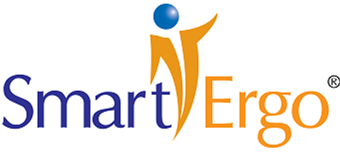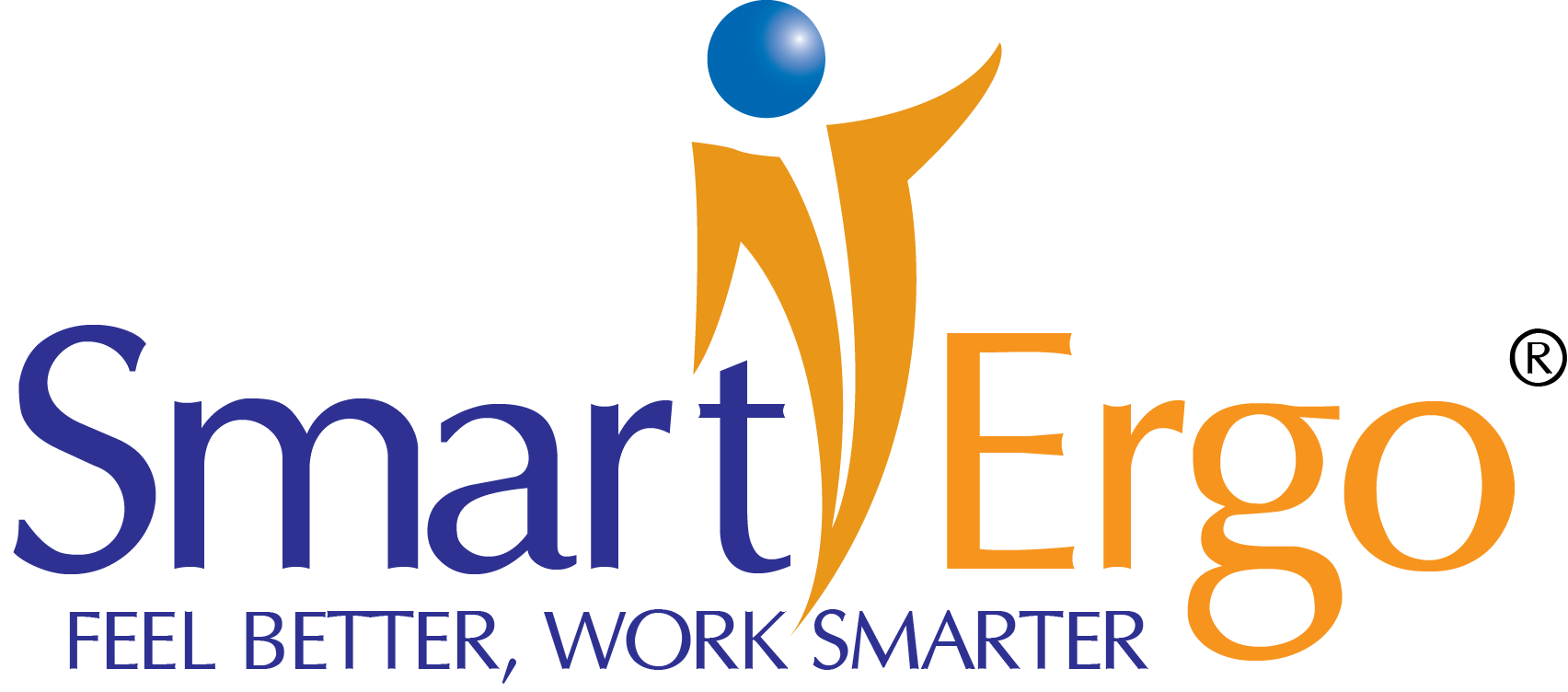
Assisting office, remote and hybrid employees to reverse unhealthy and counter-productive high-risk ergonomic behaviors can be challenging – while at the same time is vital to prevent, beyond injuries, unnecessary financial loss from preventable risk exposures and worker disengagement.
So where does a Safety or Wellness professional begin in 2025 when the budget is tight or non-existent? Seasoned professionals know that meaningful results can only be achieved starting with an organization’s process of Continuous Improvement.
April’s release of the 2025 Gallop Workforce Report “Global Engagement Falls for the Second Time Since 2009” caught the eye of your intrepid author here. The comprehensive report summarizes and explains data from more than 225,000 employees and confirms how low employee engagement is impairing global worker productivity.
Further, where these preventable financial losses might have been tolerable, or more likely less understood prior to 2025, it’s a much different environment today. Senior Human Capital Optimization experts understand how leveraging ergonomics and behavioral best practices directly impacts employee comfort, job satisfaction, safety, fatigue rates and productivity.
For the expert view of the financial side of knowledge worker ergonomic injuries, one can easily find excellent fact-filled articles from leaders in the Workers’ Compensation industry who live closest to the real numbers every day. An example article filled with important information is “$30,000+ Claim or Proper Ergonomics: The Choice is Simple” from One Call, a leader in the Workers’ Compensation Industry for more than 30 years. Among many things, the article touches on year-to-year increases in claims.
Buttressing the One Call article, a comprehensive article in Forbes, “The Pain Point Of Hybrid Work: How Businesses Can Ensure Healthy Working Conditions At Home And In-Office” also caught the eye of your intrepid author here.
From the article: “Prior to the pandemic, companies in the U.S. spent roughly $62 billion per year on workplace injuries, many of which could have been prevented by investing in ergonomic solutions. This number has only increased since the pandemic started as employees were forced to rapidly shift to working from home, without proper planning or appropriate office furnishings. As a result of this, more employees have reported neck, back and musculoskeletal pain since they started working from home.“
The article continues “A U.S. study reviewed over 250 case studies of large-scale ergonomics programs, as well as individual ergonomic improvements. It was concluded that making ergonomics improvements resulted in a 75% reduction in lost workdays and a 48% decrease in turnover. Ongoing sick leaves are expensive and have a large financial impact on companies across the country. If you invest in ergonomics, you could beat these avoidable costs. According to the CDC, an injury as overlooked as back pain can actually cost a company up to $1,685 per employee in lost productivity due to absenteeism, and that doesn’t account for presenteeism — the cost associated with employees not being as productive while they are at work — or the $40,000 to $80,000 paid by employers for the average back pain claim.”
Agile organizations elevate the focus on performance and quality over obsolete approaches to solving challenges. Among the goals is to overcome static legacy barriers preventing objectives from being achieved.
Around the globe today in these highly volatile times, past approaches to resolving ergonomics challenges for office and home office working employees are being re-thought. Past mitigation practices were helpful in their time, however, life has changed in many ways for employees and smart employers are keeping up with the changing times.
The core ergonomics, however, of encouraging employees to work in neutral postures and “provide regular movement and recovery time while working” remains sacrosanct and more important than anytime in modern history. What “is” new is “addressing the challenges in a sustainable and effective manner which is relevant in today’s fast-changing world”. The most successful employers embrace Continuous Improvement and know that “as the riskscape evolves, their risk mitigation practices must evolve also or efficacy and results predictably erode”.
Helping computer-using employees to shed long-time unhealthful behaviors and begin “working in neutral postures while breaking up static postures” is challenging at best although vital to prevent unnecessary financial loss from avoidable risk exposures and employee disengagement.
In addition, helping employees who are regularly transitioning between home-based offices and shared workstations at traditional offices presents separate avoidable risk exposures contributing to unnecessary financial loss.
Unfortunately, instead of reporting small issues to their employer early, many employees often postpone addressing the matter, attempt to quietly resolve symptoms through their personal doctor and look towards their health insurance to cover the bill. In most cases, this develops into unnecessary over-utilization of healthcare resources while discomfort mushrooms into a full-blown injury case.
WFH Safety & Productivity Challenges
Significant risk facing WFH and Hybrid employees, and therefore their employers, stems from basic root causes:
- What equipment and furniture are employees using in their home workstations?
- How are they setting up and positioning their furniture and equipment?
- Does their workstation setup encourage or discourage neutral postures?
- Are they providing adequate recovery time while working on their computers?
- How are they breaking up long periods of prolonged static postures?
- With people spending much more time in their homes, how much exercise and movement are they getting compared to before?
So how can employers effectively and inexpensively mitigate significant risks facing their telecommuting employees?
Effective Strategies Clients Are Using Today
We’ve spoken with many clients recently who are sharing how they’re leveraging their ErgoSuite platforms to extend their Office Ergonomics safety net at their facilities to their WFH employees telecommuting from home.
At the high-level view, clients are leveraging ErgoSuite as their front-line surface area for employees and centralized EH&S management toolset for identifying status and trends and managing outlying situations:
- Employees are consistently and comprehensively virtually assisted with setting up or tuning up their home office workstations.
- Self-Assessment is required for telecommuters which provides both critical risk assessment across the enterprise as well as a personalized checklist-like report for each employee to follow.
- Employees are gently coached to discard old habits and make best practice ergonomic behaviors routine and automatic.
- Appropriate professionals are automatically notified of outlying situations for review and resolution.
- Automated reporting keeps EHS apprised of and on top of organizational status and evolving trends.
These forward-looking organizations embrace Continuous Improvement as a Best Practice, enabling them to adapt to this continuously evolving Riskscape.
In the case of people working on computers in shared-workstation offices and home-based offices, these Best Practice desirable behaviors are (1) working in neutral postures and (2) providing brief recovery time during work coupled with movement designed to break up prolonged static postures.

